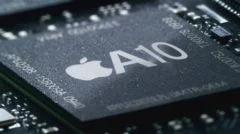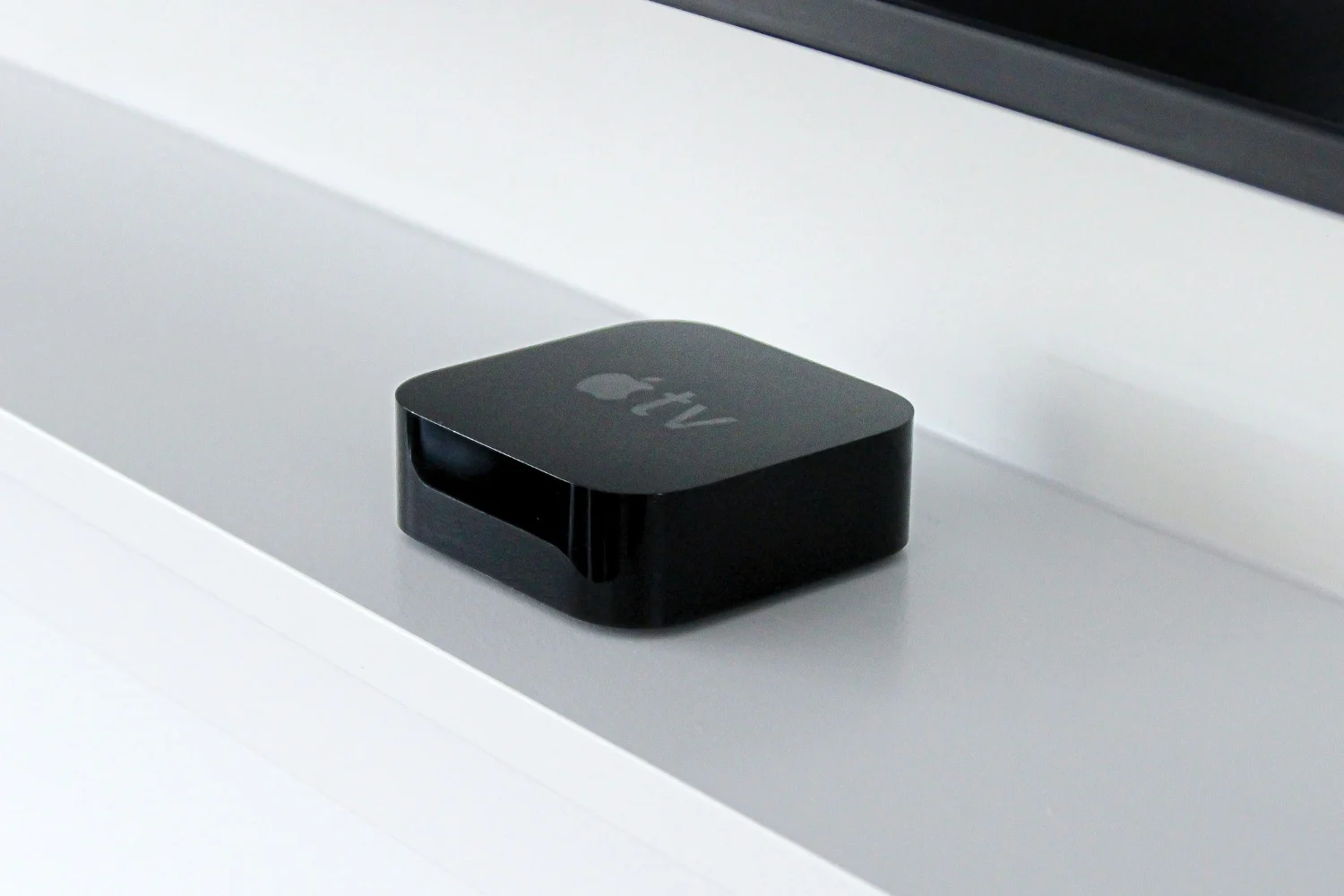The launch of the first iPad dates back to 2010, and since then Apple has had time to launch several ranges. Among them, we find the iPad Air and the iPad Pro. But even if they do indeed target different segments, these devices actually have a lot in common. Starting with their operating system: both now run underiPadOS, software derived from iOS (which powers iPhones) modified to be more focused on multitasking.
This program contains, among other things, applications and features exclusive to Apple products, such as AirPlay, the voice assistantSiri, AirDrop file sharing or even excellent compatibility with the brand's other connected objects. The iPad Air and iPad Pro connect very easily with an Apple TV, a Mac computer or a HomePod smart speaker.
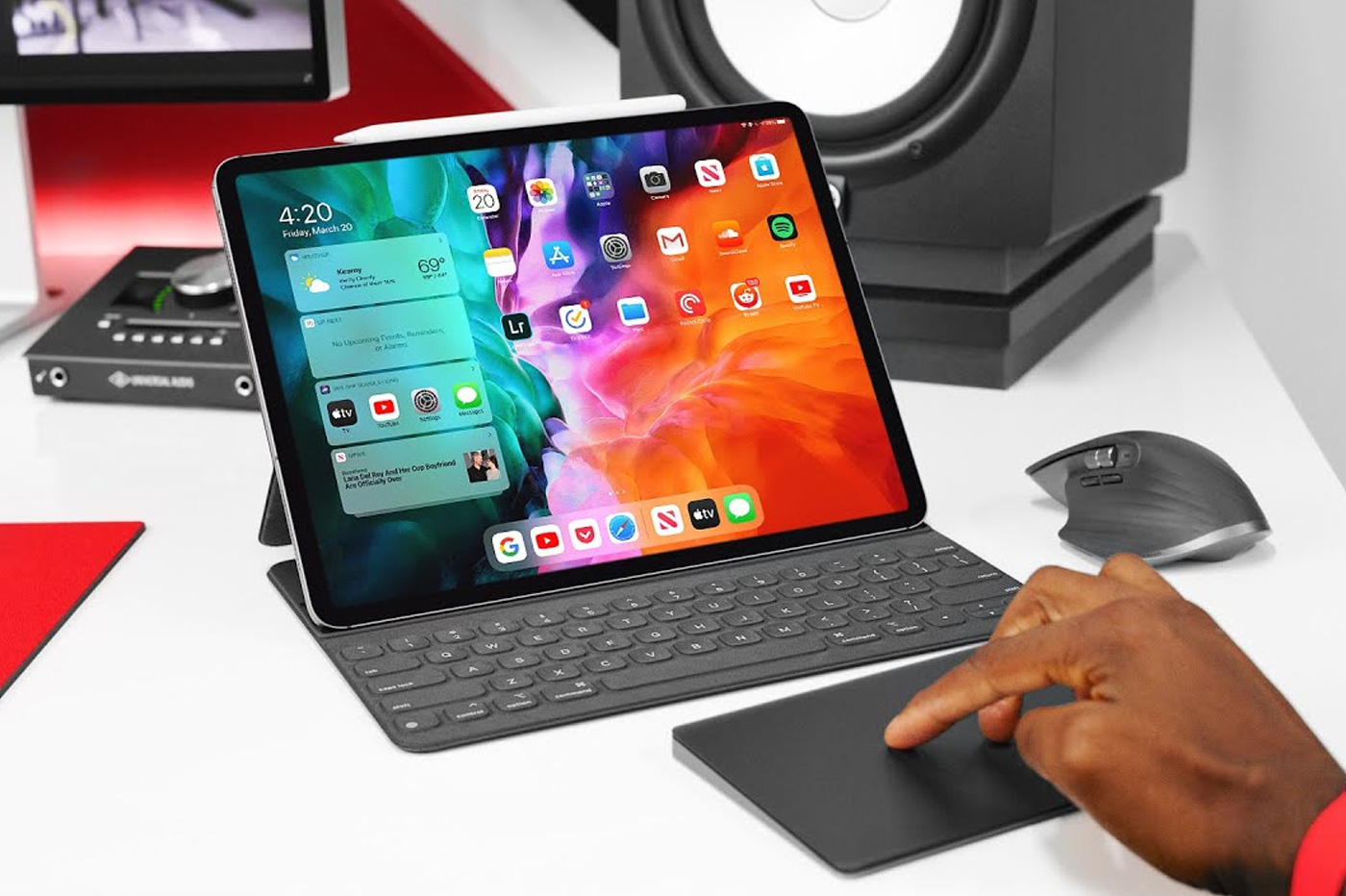
© MKBHD
Premium design with the iPad Pro
One of the first differences that strikes you when comparing an iPad Air with an iPad Pro is their appearance. Beyond their size, we certainly benefit from the same material (with an aluminum shell), butthe iPad Pro adopts perpendicular linesmuch more straightforward than those of the iPad Air, reminiscent of the shape of the iPhone 4.
As for dimensions, don't be fooled by the name of each family: the iPad Air may well adopt the same nickname as the eponymous MacBooks, but it is in no way the lightest or thinnest of Apple's tablets. . Indeed,the iPad Pro is 5.9 millimeters thick(compared to 6.1 for the iPad Air) and therefore exceeds all its cousins in this category.
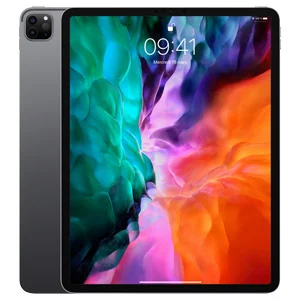
© Apple
For the weight and dimensions, it is mainly the model chosen which will affect the characteristics. The iPad Pro is thus sold with adiagonal/format ratio of 85.4%while the third iPad Air sticks to 10.5 inches for 78.3%. It therefore has much wider edges, notably to include the physical home button. Finally, the iPad Air is the mostlightiPads (excluding the mini range), with its 456 grams compared to 471 for the 11-inch iPad Pro and 641 grams for the 12.9-inch.

© Apple
Accessories can make the difference
With the iPad Pro 2020, Apple wanted to position its device as a real computer: it is in fact compatible with theMagic Keyboard, a scissor mechanism keyboard that also includes a touchpad. Furthermore, the latest edition of the Apple Pencil styluses can also be connected to the iPad Pro for professions such as graphics or architecture.
Apple Magic Keyboard for iPad Pro 11" at the best price Base price: €339
See more offers
On the iPad Air, it's different: only the first generation ofPencilis compatible for the moment, while on the keyboard side you will have to make do with theSmart Keyboard, which still remains very good quality.
Apple Pencil 2 at the best price Base price: €149
See more offers
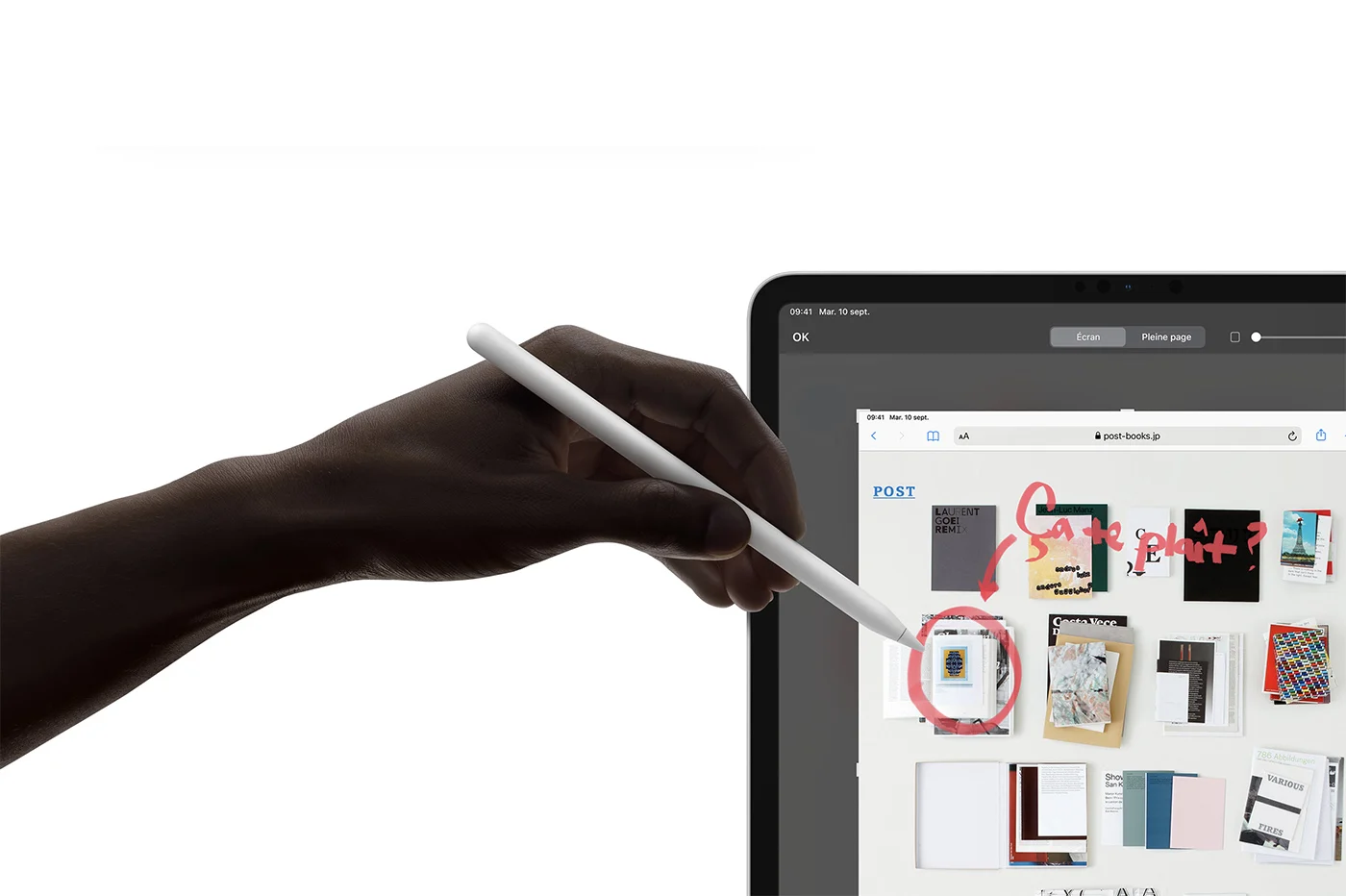
© Apple
Apple Pencil 1 at the best price Base price: €119
See more offers
The screens are not the same
The iPad Pro offers users larger panels: the latest versions of the product thus offer12.9 or 11 incheson the meter. But on the iPad Air, the displays are smaller: count that way10.5 or 9.7 inches(for the 2014 version), which however sticks to certain older iPad Pro models.
Where the iPad Air is in deficit, however, is in the refresh rate of their screen: while that of the iPad Pro reaches120 Hz, they do not benefit from technology “ProMotion” which allows this feat. However, both offer the same pixel density, at least with regard to the latest models:265 ppi.

© Apple
Why is the iPad Air less powerful than the iPad Pro?
When the name of the iPad Pro really resonates, it's when you look at its technical sheet. The device currently sold can thus achieve the most high-end performance of the moment, thanks to6 GB of RAMeand octa-core processorApple A12Z Bionic. The iPad Air is content with3 Go to RAMonly. Storage is also more provided on the iPad Pro: it variesfrom 128 GB to 1 TBof data if you pay the price, while the iPad Air only offers64 ou 256 Goof space.
Jumbled together, here are other elements integrated into the iPad Pro but not available on iPad Air:
- fourspeakers(compared to two on the iPad Air)
- connectivityWi-Fi 6(the iPad Air is limited to previous, less efficient iterations)
- the portUSB-C, which offers more compatibility than the iPad Air's Lightning jack, and is theoretically faster
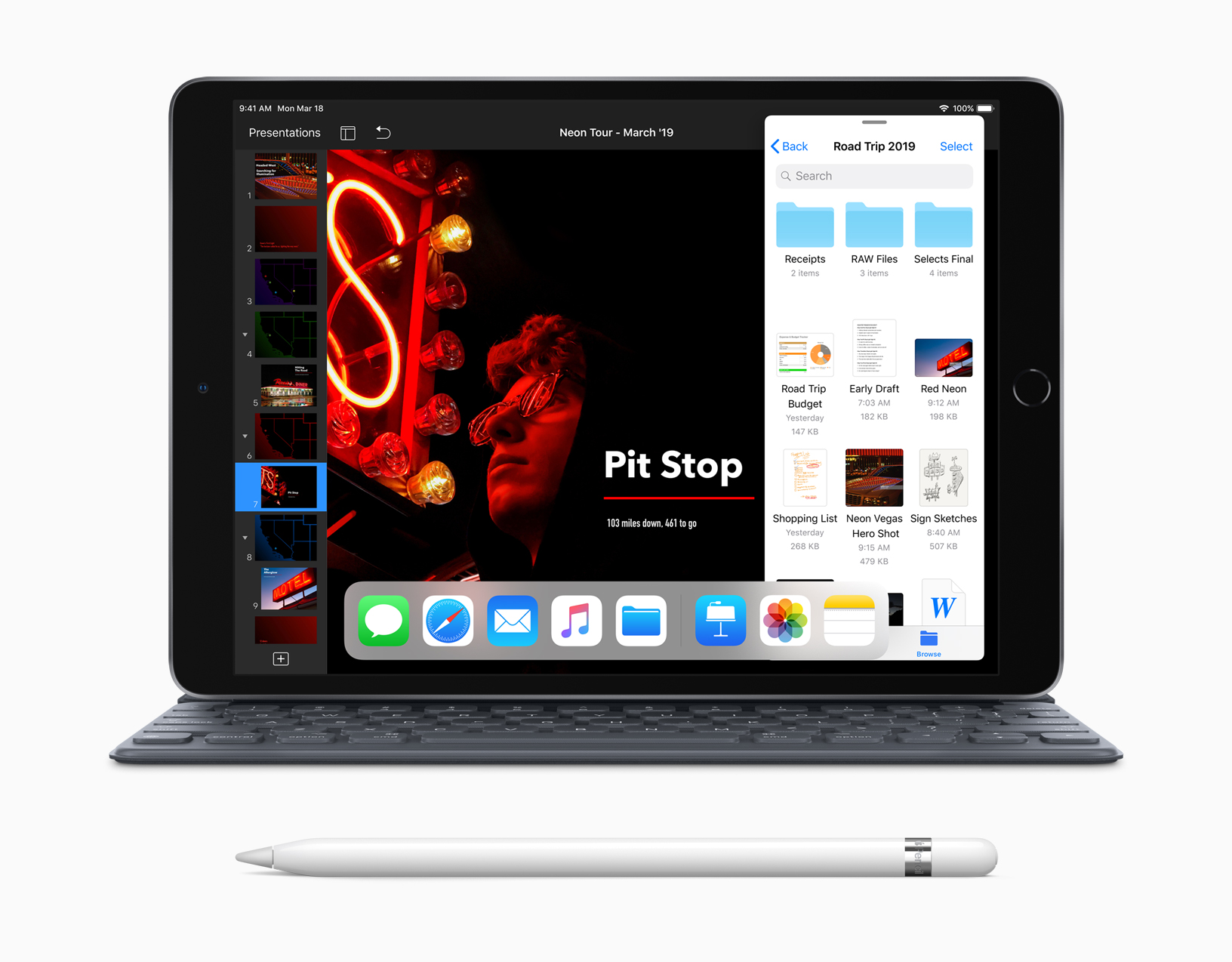
© Apple
Battery: iPad Air vs iPad Pro
The iPad Pro's only battery life advantage over the iPad Air is actually its ability tocharge another device. For example, simply connect an iPhone to the tablet so that the mobile draws on the tablet's battery to fill up with energy.
Otherwise, Apple has always taken care to intelligently provide enough capacity to each of its models, taking into account their components. So, whether on the iPad Pro or the iPad Air, you can easily last half a day unless you use it really intensively.
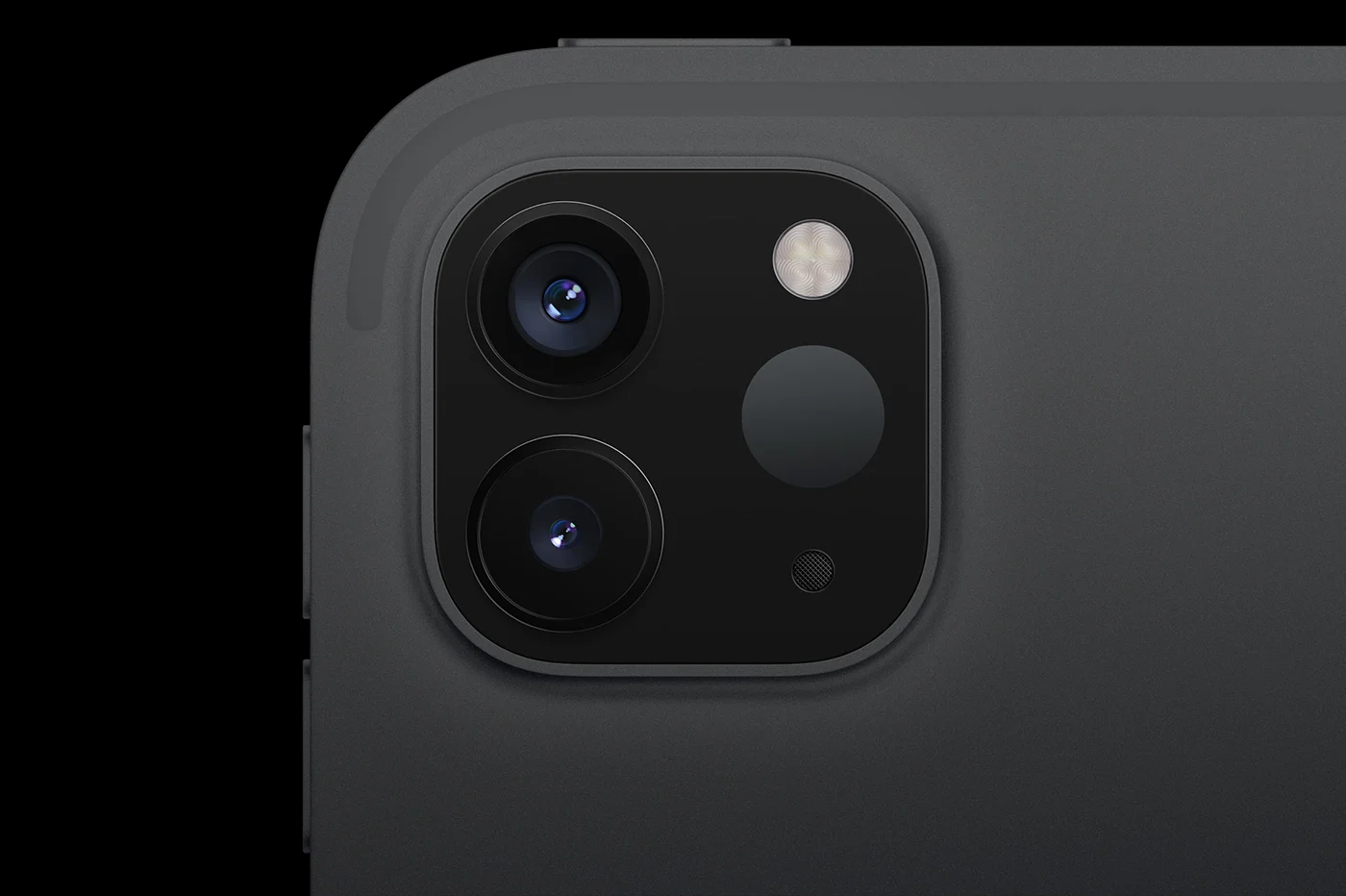
© Apple
Andphotopador a simple tablet
Before the fourth generation iPad Pro, you couldn't really distinguish between different iPad models. Indeed, these products were originally clearly not oriented towards photography, which Apple rather reserved for its iPhones, which have had several cameras for several years now. But since the release of the iPad Pro 2020, the trend has clearly reversed.
This thus has atriple sensorat the rear, including a radarLiDARcapable of measuring depth of field and thus creating maps of the environment in three dimensions. While previous versions, like all other iPad Airs, are satisfied with a single lens. Here are the complete technical characteristics of the lenses of the iPad Pro (4th gen.), which can film in4K:
- a sensorgrand-angle12 megapixels with f/1.8
- a 10 MPx ultra wide-angle with an f/2.4 aperture
- and better TOF (time of flight) for augmented reality

© Apple
The most recent iPad Air, meanwhile, can capture 8 MPx photos thanks to a 31 mm f/2.4 lens. As for the front sensor for selfies, it is the same (7 MPx) as on the latest iPad Pro.
The iPad Air, less secure for businesses?
Last detail, and not the least given Apple's positioning resolutely in favor ofconfidentiality, the iPad Pro is now more secure than the iPad Air. And this for several reasons. First of all, it's the only iPad that can be unlocked via facial recognition.Face ID, which is considered a better protection system than the iPad Air's Touch ID fingerprint scanner, although an eight-digit passcode remains the most secure way to block access to iPadOS.
In addition, all iPad models released in 2020, including the iPad Pro, are equipped with the chipT2. This part acts as a serious digital safe, and secures all the information collected by the biometric sensors. Finally, we cannotphysically disconnect the microphoneof the iPad Air, while it is possible by simply closing a protective shell connected to the iPad Pro (4).
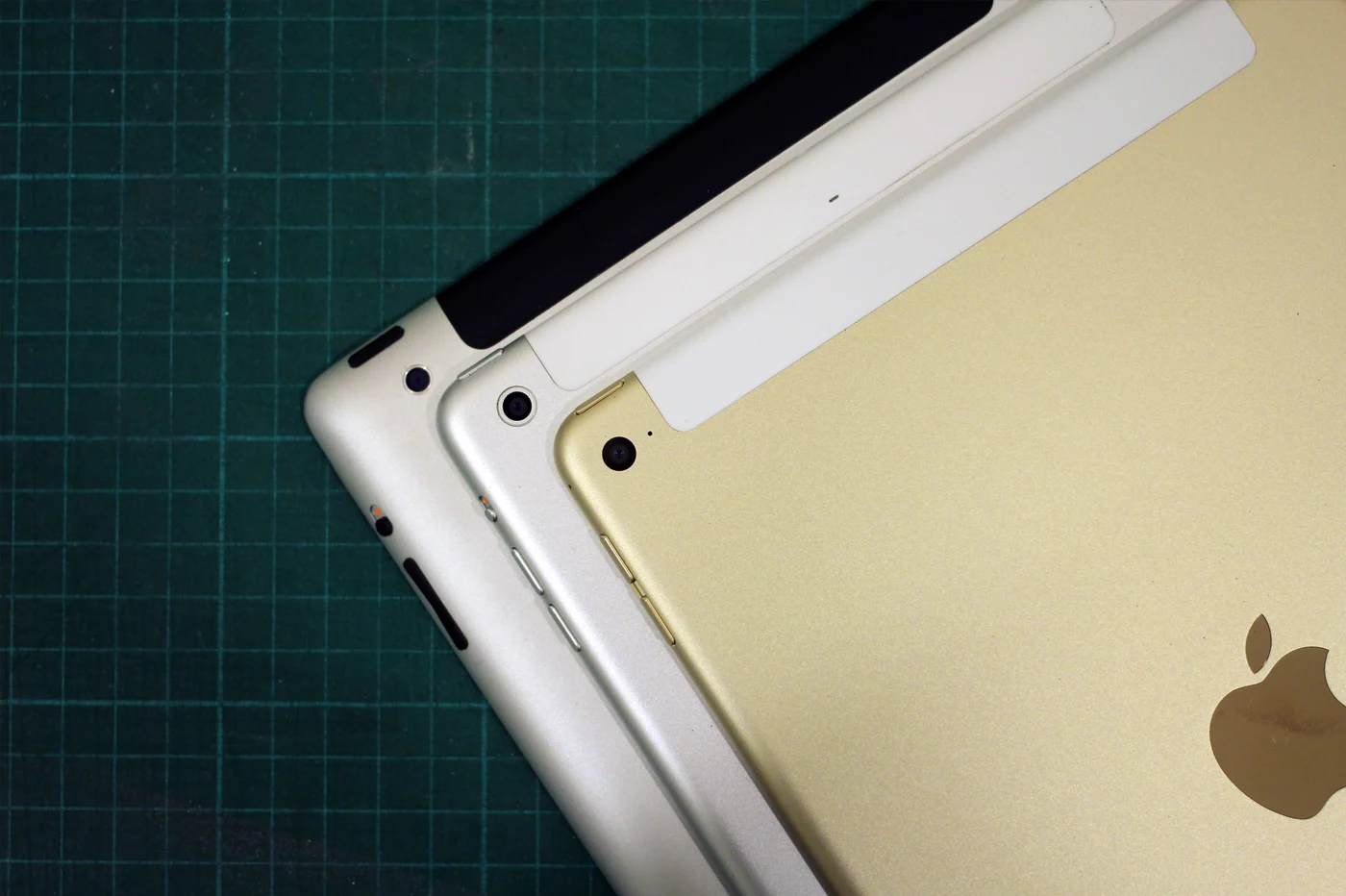
© Maurizio Pesce
Conclusion : iPad Air vs iPad Pro
In short, the iPad Pro can be considered the ideal solution for:
- substantial budgets: take into accountfrom 899 to 1839euros for a new iPad Pro,
- THEprofessionals: as its name, its photo module and its compatibility with official Apple accessories indicate!
- and gamers who play on Apple Arcade (thanks to the large 120 Hz screen and 6 GB of RAM).
The iPad Air, on the other hand, with its much lower price (from 569 to 879 euros) is less efficient and:
- alwayscheaperthan the iPad Pro, regardless of its configuration, and therefore more suitable for small budgets,
- more intended for nomadic use with its often more compact design,
- finally designed as an iPad focused on entertainment andindividuals

